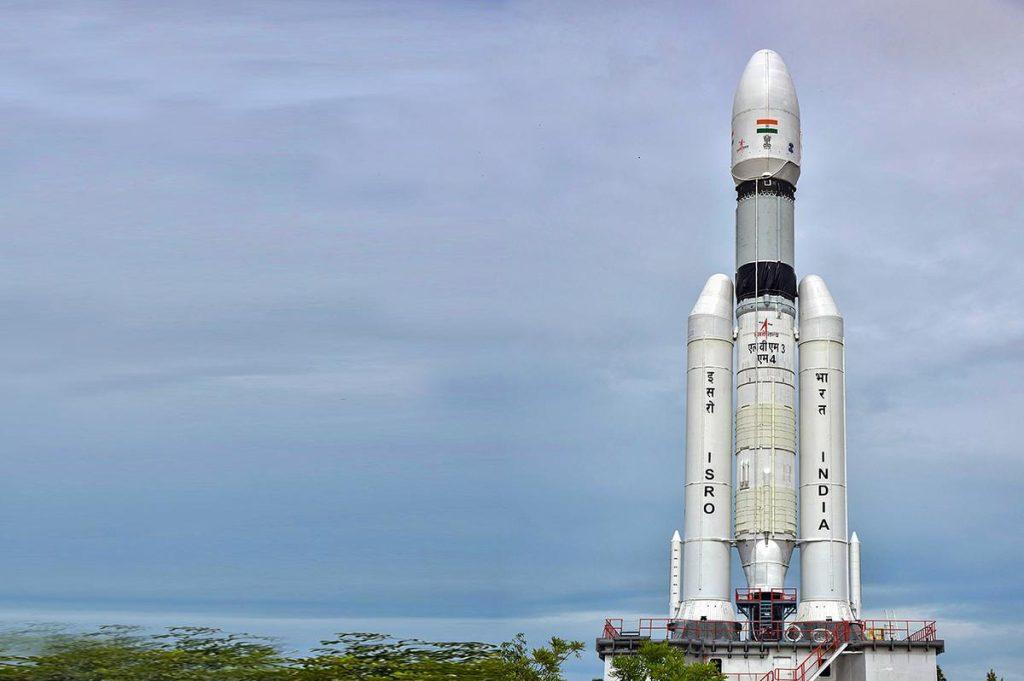India became the first nation to successfully soft-land in the south pole zone of the moon when the Chandrayaan-3 lander landed there on August 23 at 6:03 pm IST, writing history in the process. Since then, a limited number of surface tests have been finished by both the Vikram lander and the Pragyan rover. One additional comparable equipment is the Yutu-2 rover from China, which is still operating today.
Chandrayaan 1:
- Launch Date: Chandrayaan 1 was launched on October 22, 2008, by the Indian Space Research Organisation (ISRO).
- Objectives: The primary objectives of Chandrayaan 1 were to:
- Survey the lunar surface in detail.
- Study the distribution of elements and minerals on the Moon’s surface.
- Search for water ice and water molecules on the Moon.
- Investigate the Moon’s exosphere and the solar wind interaction with the lunar surface.
- Mission Highlights: Chandrayaan 1 made several significant discoveries, including the presence of water molecules on the Moon’s surface and the detection of water ice in the lunar polar regions. Unfortunately, the mission was prematurely terminated in August 2009 due to communication loss with the spacecraft.
Chandrayaan 2:

- Launch Date: Chandrayaan 2 was launched on July 22, 2019, by ISRO.
- Objectives: Chandrayaan 2 had both orbital and lander-rover components. The primary objectives of the mission were to:
- Study the lunar surface, topography, mineralogy, and exosphere.
- Characterize the water ice on the Moon and its distribution.
- Conduct experiments to understand seismic activity on the Moon.
- Explore the south-polar region of the Moon.
- Mission Highlights: While the orbiter component of Chandrayaan 2 continues to successfully orbit the Moon and collect data, the lander and rover, Vikram and Pragyan, experienced difficulties during their descent and were unable to complete their missions. Despite this setback, the orbiter continues to provide valuable lunar data.
Chandrayaan-3
A follow-up mission to Chandrayaan-2, Chandrayaan-3 aims to show that safe lunar landing and wandering are possible from beginning to end. It is configured with Landers and Rovers. LVM3 will launch out of SDSC SHAR in Sriharikota. The lander and rover configuration will be propelled to a 100 km lunar orbit by the propulsion module. The Spectro-polarimetry of Habitable Planet Earth (SHAPE) payload aboard the propulsion module is used to analyze the spectral and Polarimetric measurements of Earth from the lunar orbit.
Lander payloads include the Langmuir Probe (LP), which measures seismic activity at the landing site, Chandra’s Surface Thermophysical Experiment (ChaSTE), which measures thermal conductivity and temperature, and the Instrument for Lunar Seismic Activity (ILSA).
What occurs to Vikram and Pragyan after their task is complete? Will they visit Earth again?
The response is that after their missions are complete, Vikram and Pragyan will both be left on the lunar surface and decommissioned. They use solar energy to create power, which accounts for their short mission life.
“The lander and the rover will be left on the lunar surface and will be decommissioned after the mission life is ended. The mission can only last 14 days because the lander and rover are powered by solar panels, according to Debadatta Mishra, a former ISRO scientist and co-founder of Erisha Space, a New Delhi-based space technology company, who spoke to ABP Live.
Will Vikram and Pragyan be regarded as space debris since they will stay on the Moon?
It’s also worth considering if Vikram and Pragyan might be regarded as space debris once they cease to function. Vikram and Pragyan cannot be categorized as space junk, which refers to the non-functional objects still in Earth’s orbit, because they will stay on the Moon’s surface when they cease to function.
“Space junk, also known as space debris, refers to abandoned human-made objects that linger in Earth’s orbit and endanger operational spacecraft. These items range in size from tiny particles produced by diverse space operations to disintegrated spacecraft components. To be clear, though, lunar surface remnants like Vikram and Pragyan do not add to the space junk problem, according to Manish Purohit, a former ISRO scientist who worked on the Chandrayaan-2 and Mangalyaan missions.